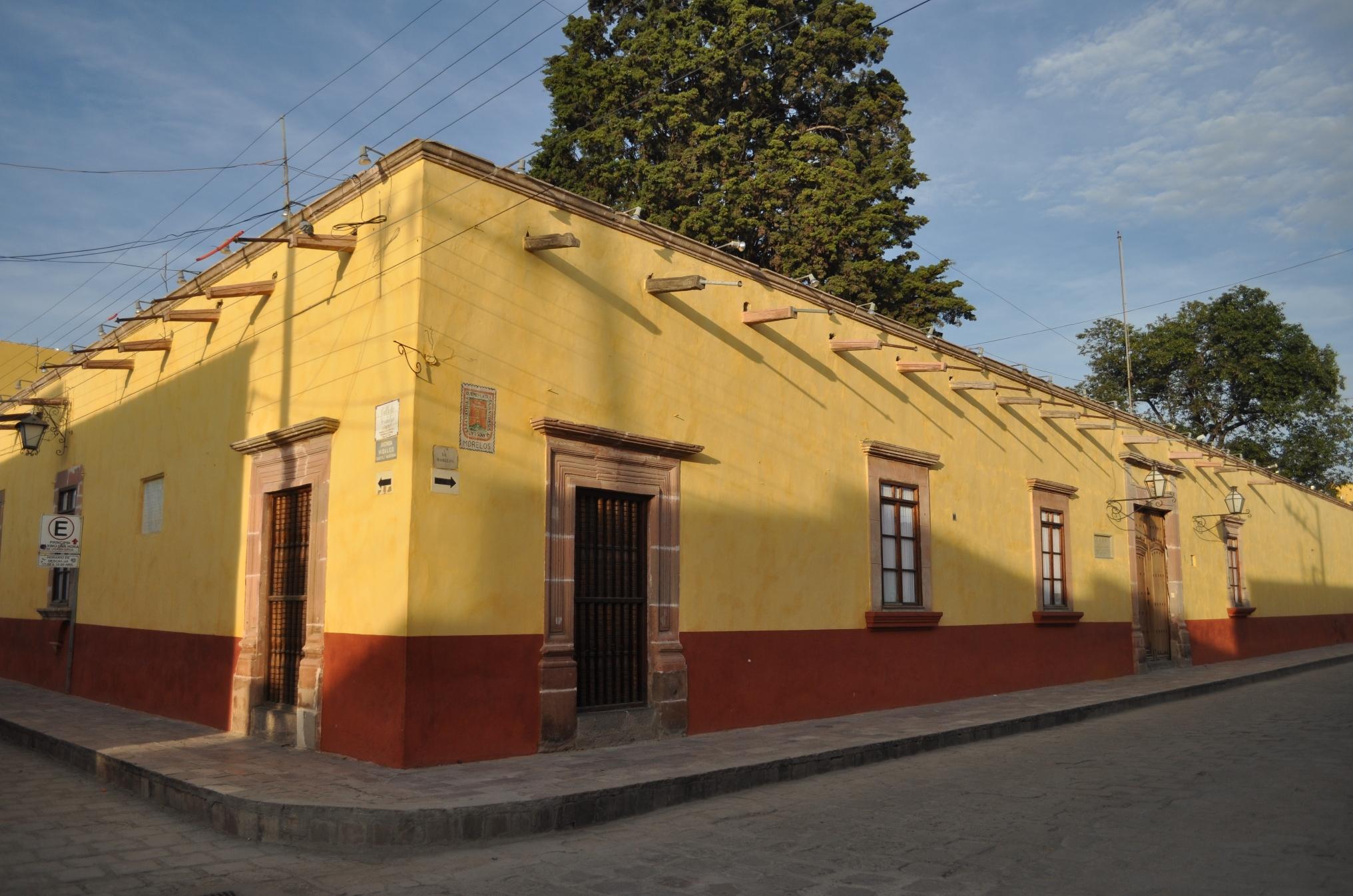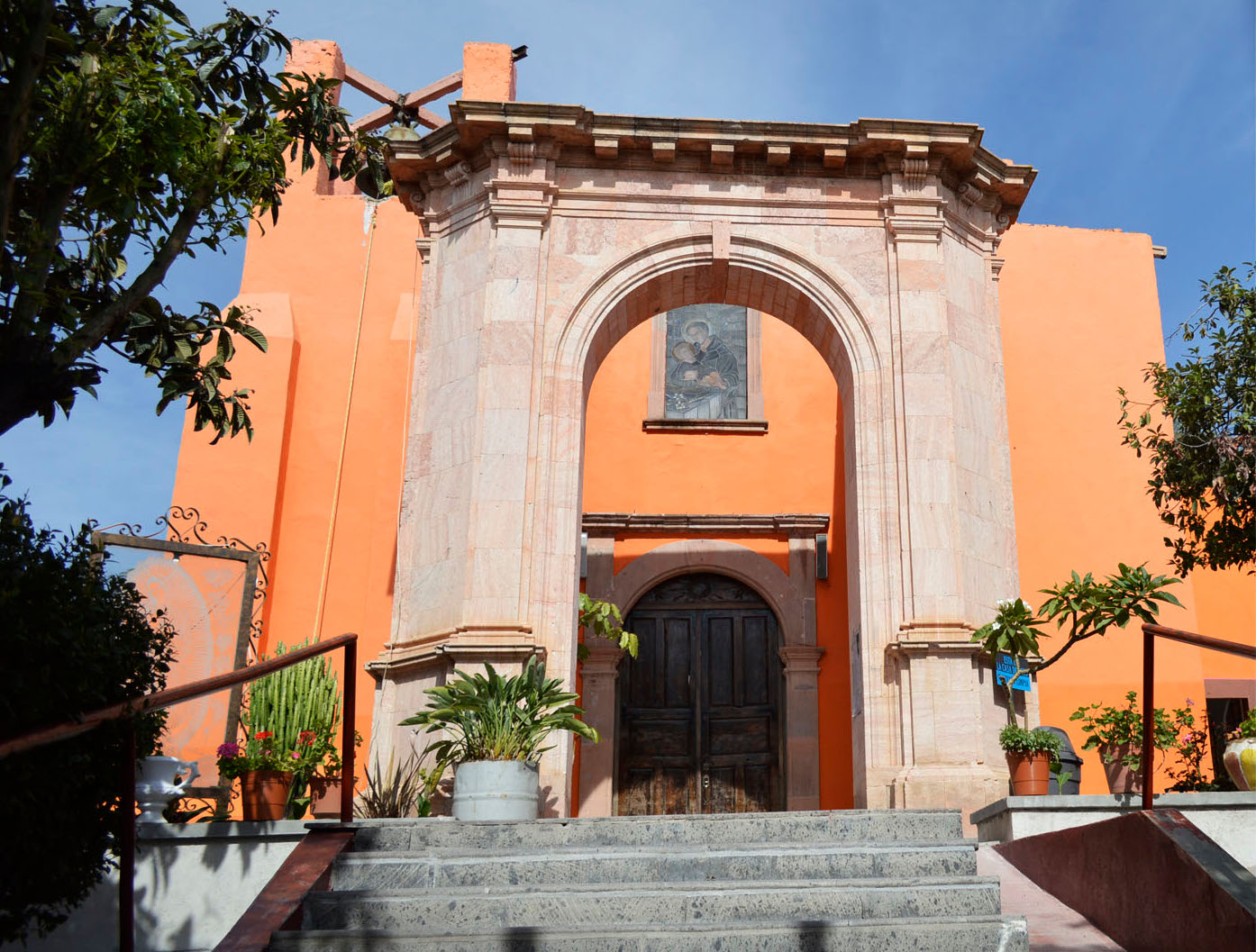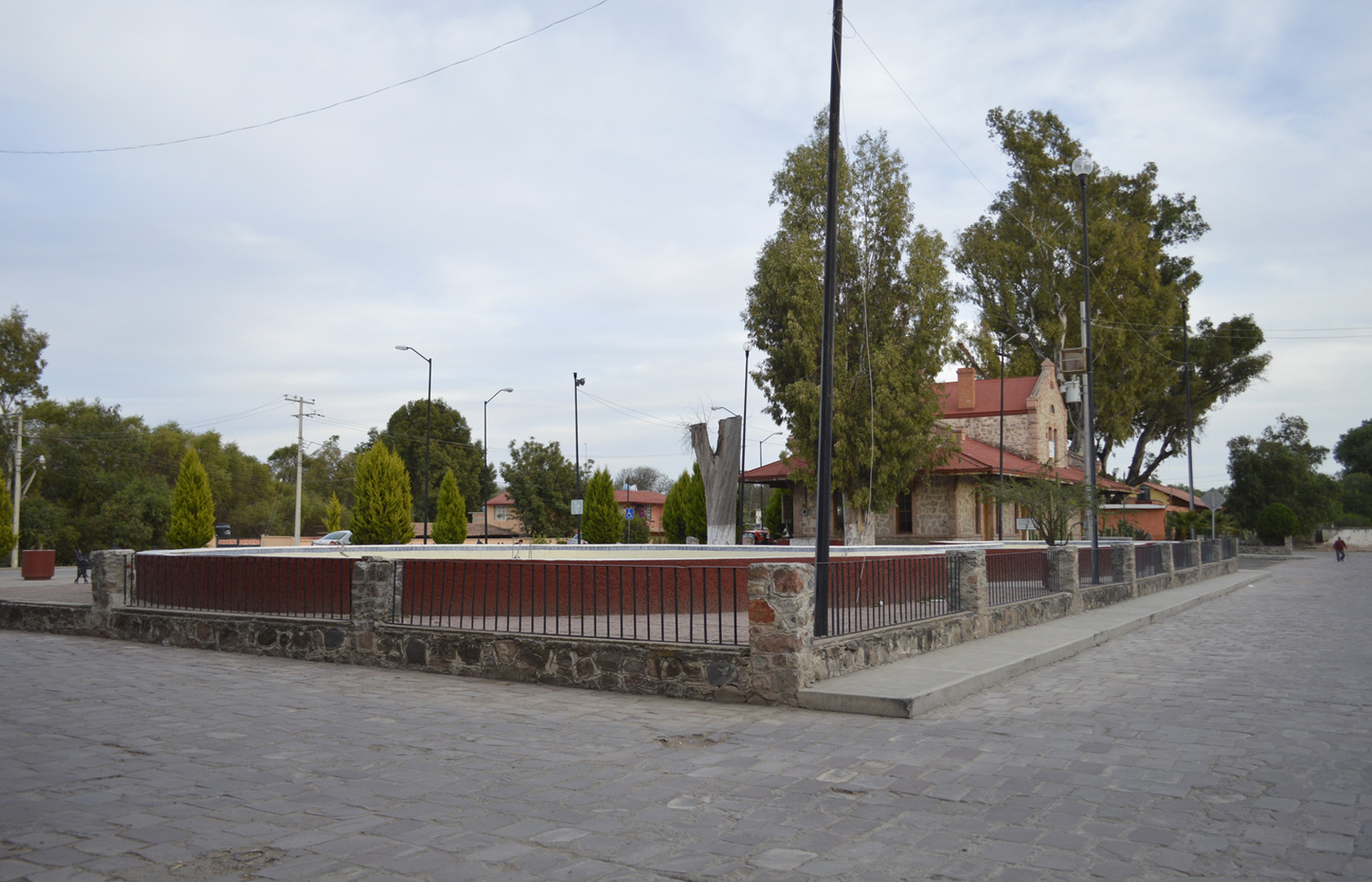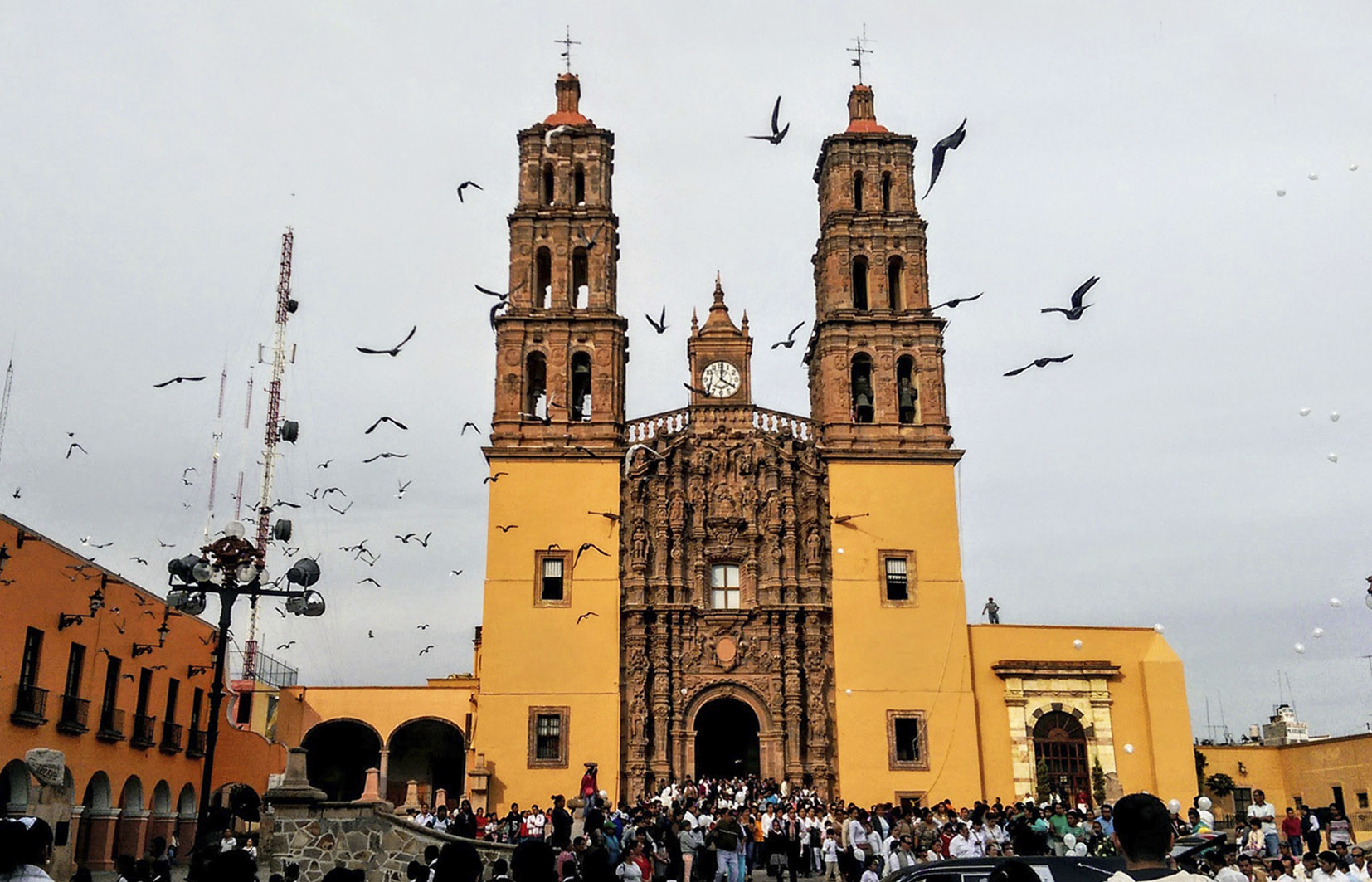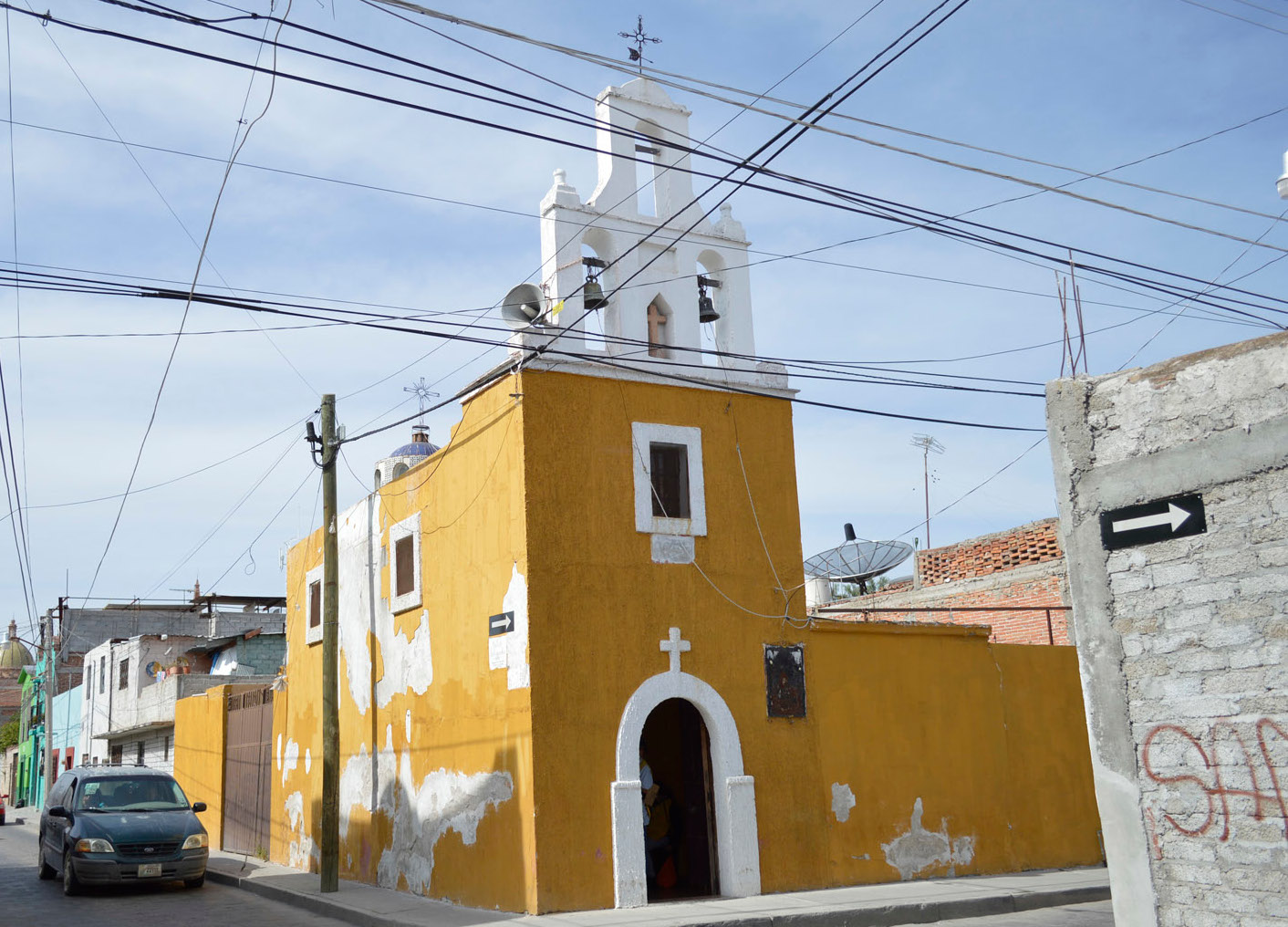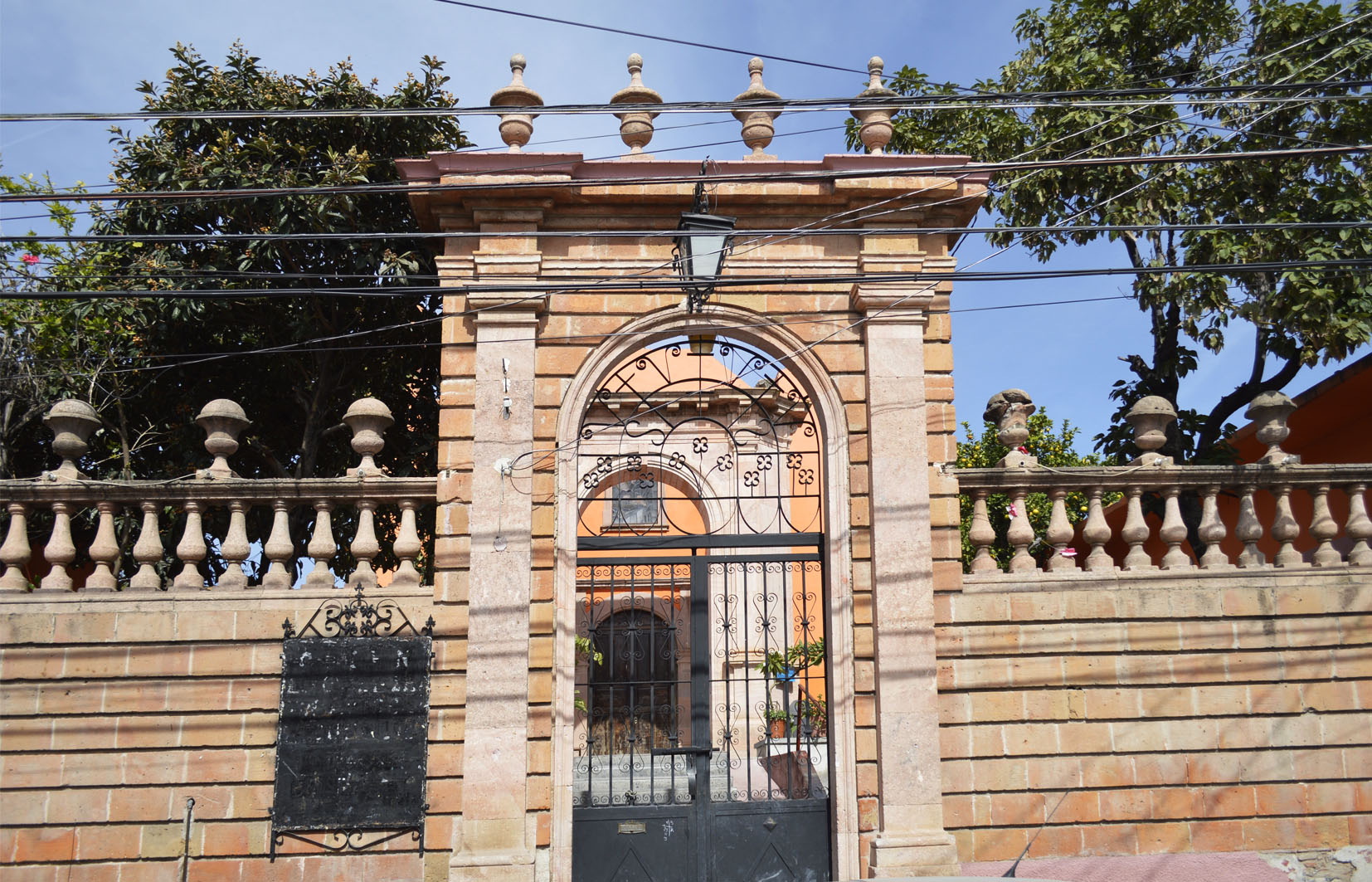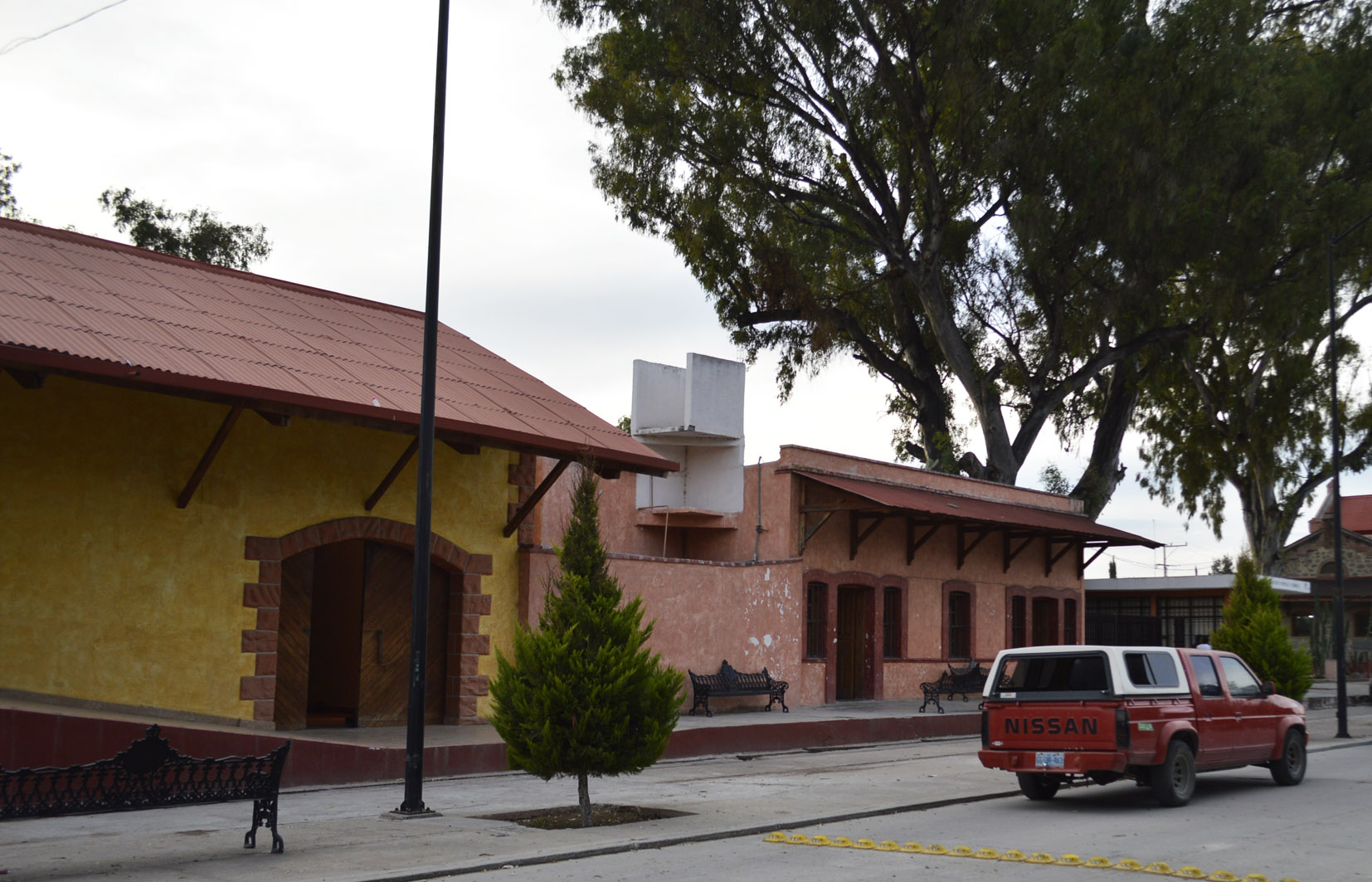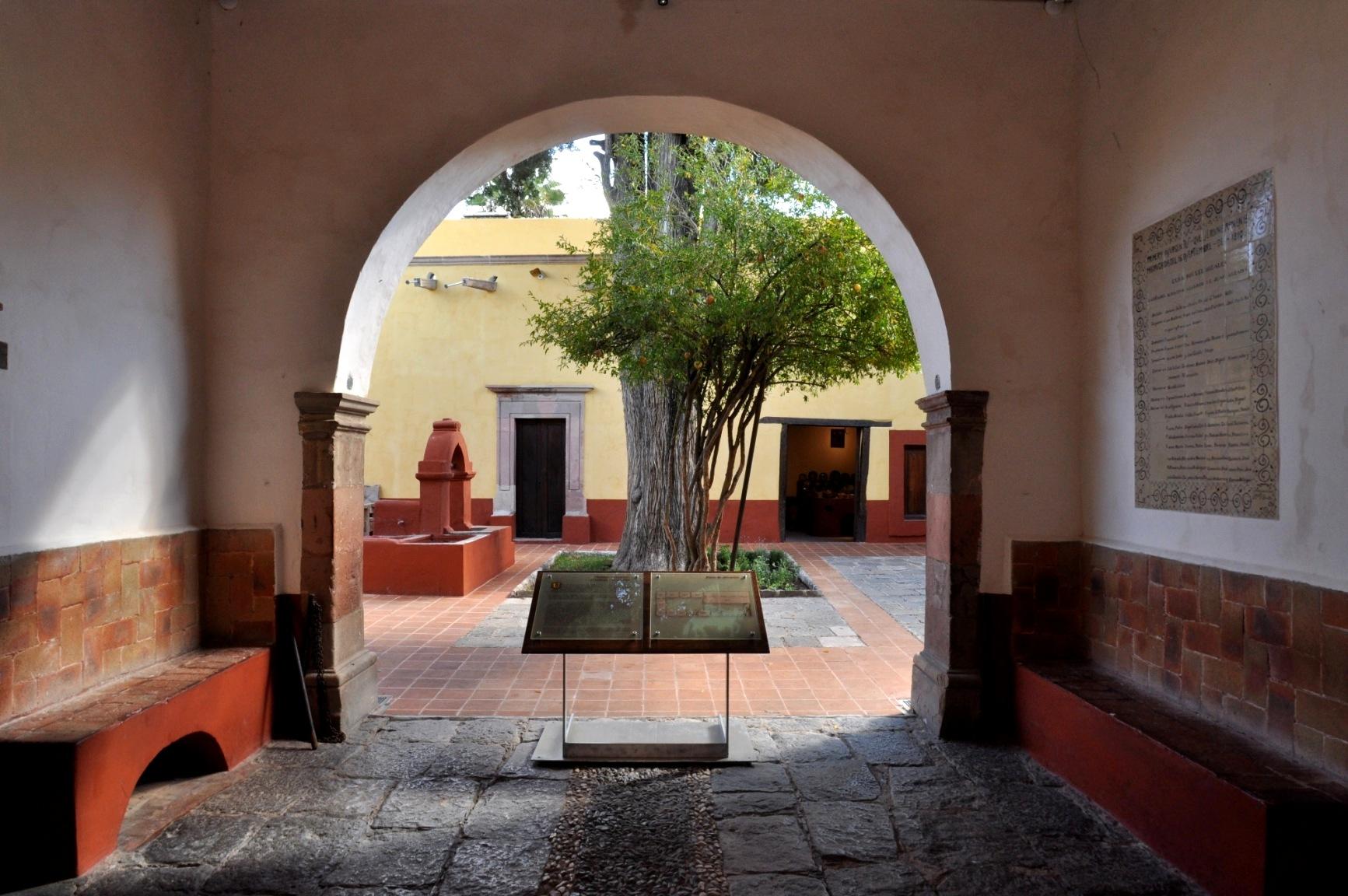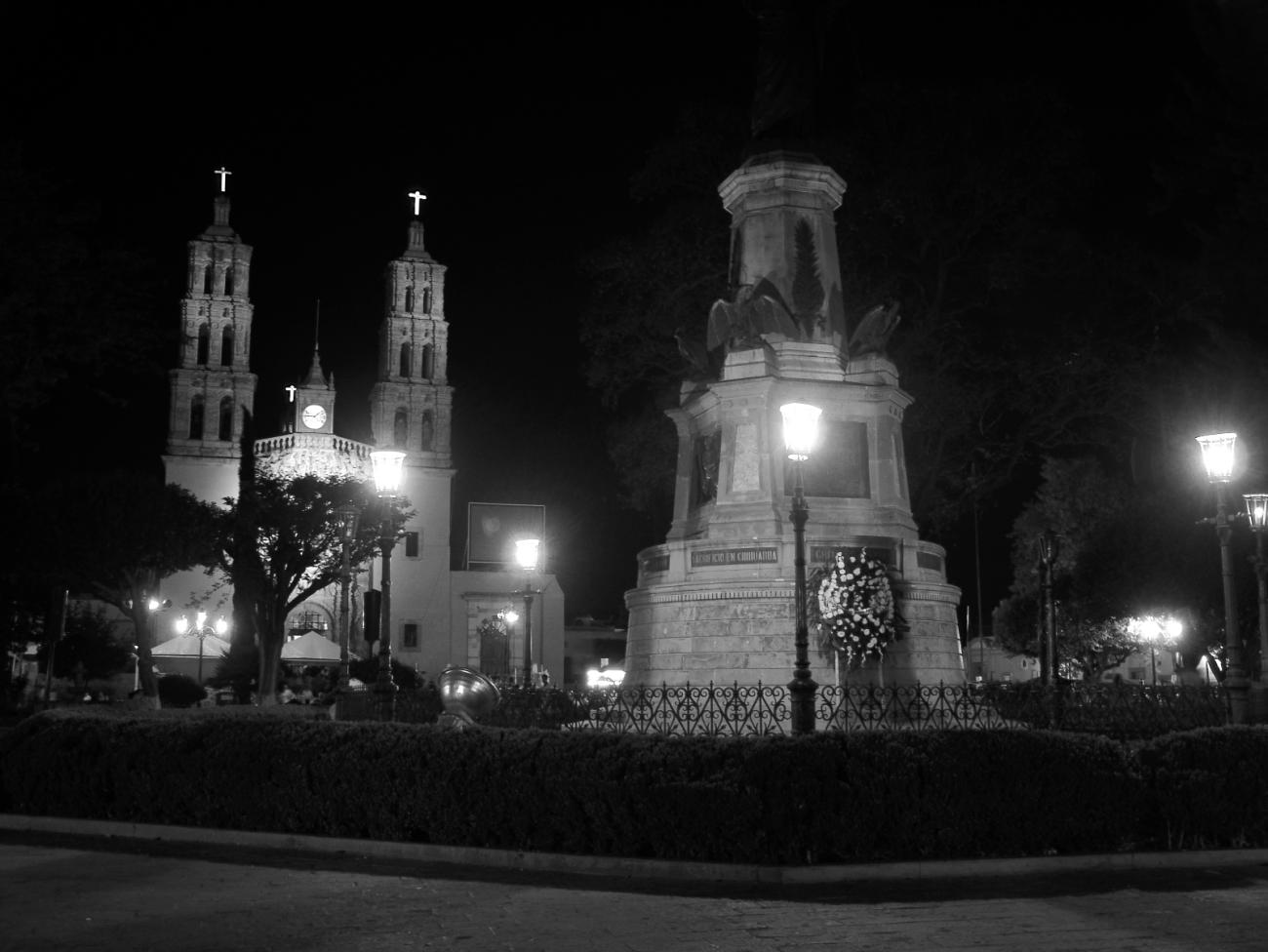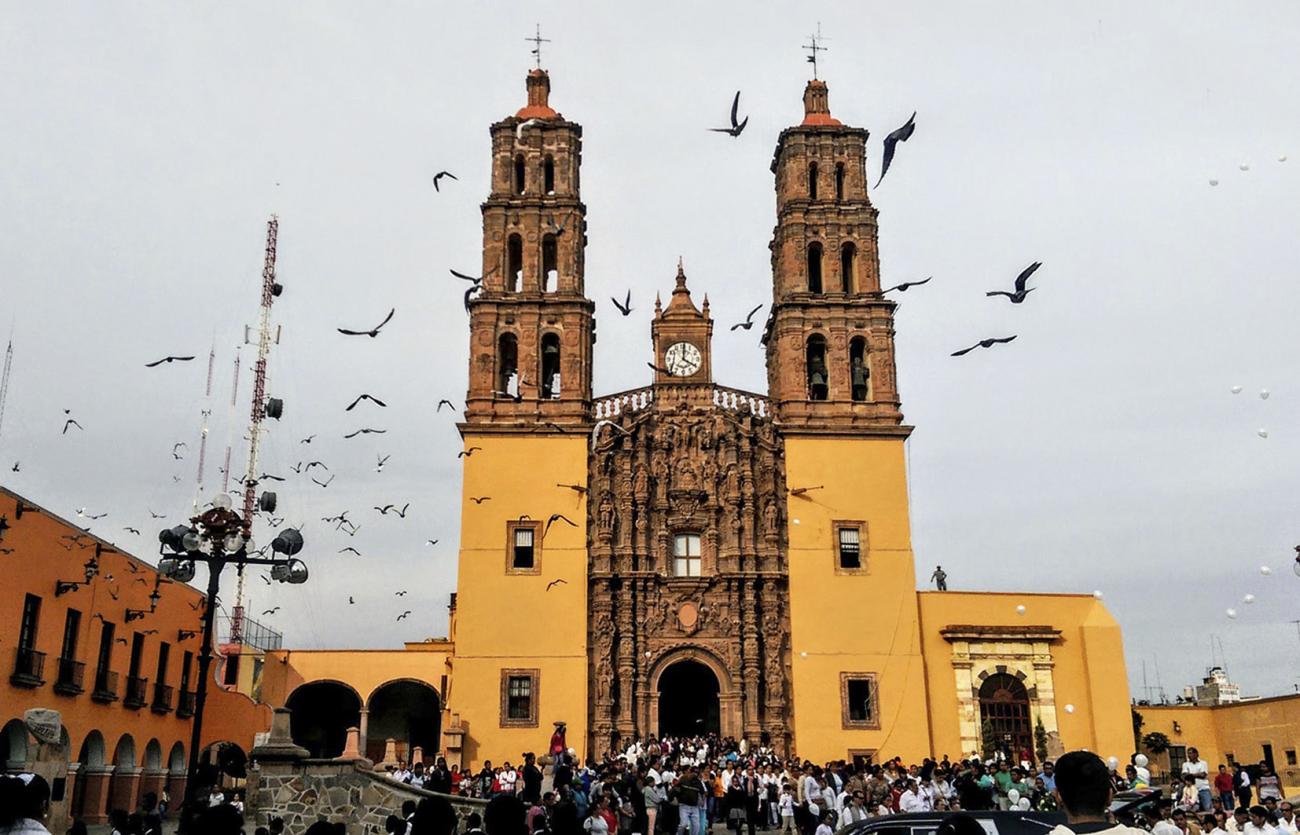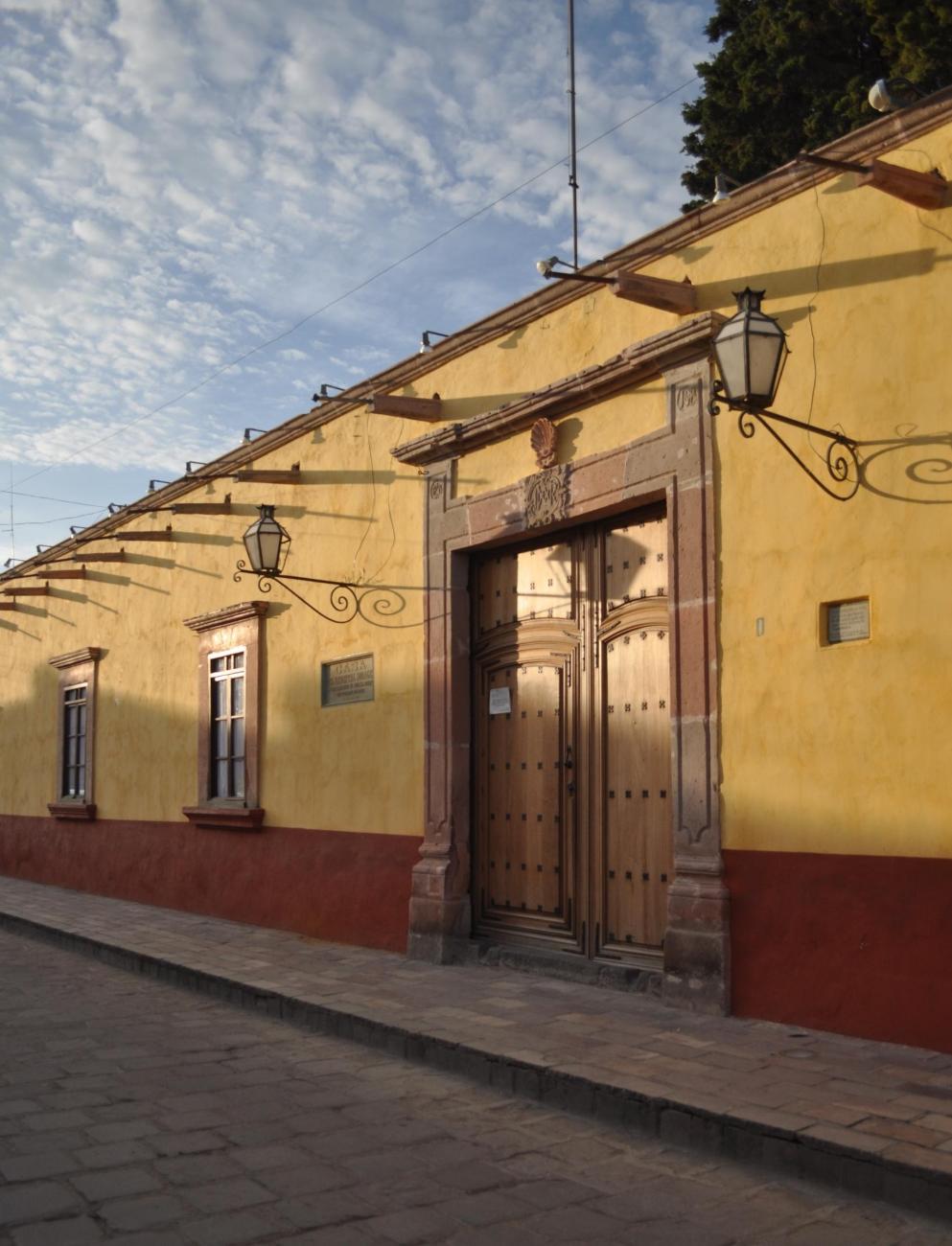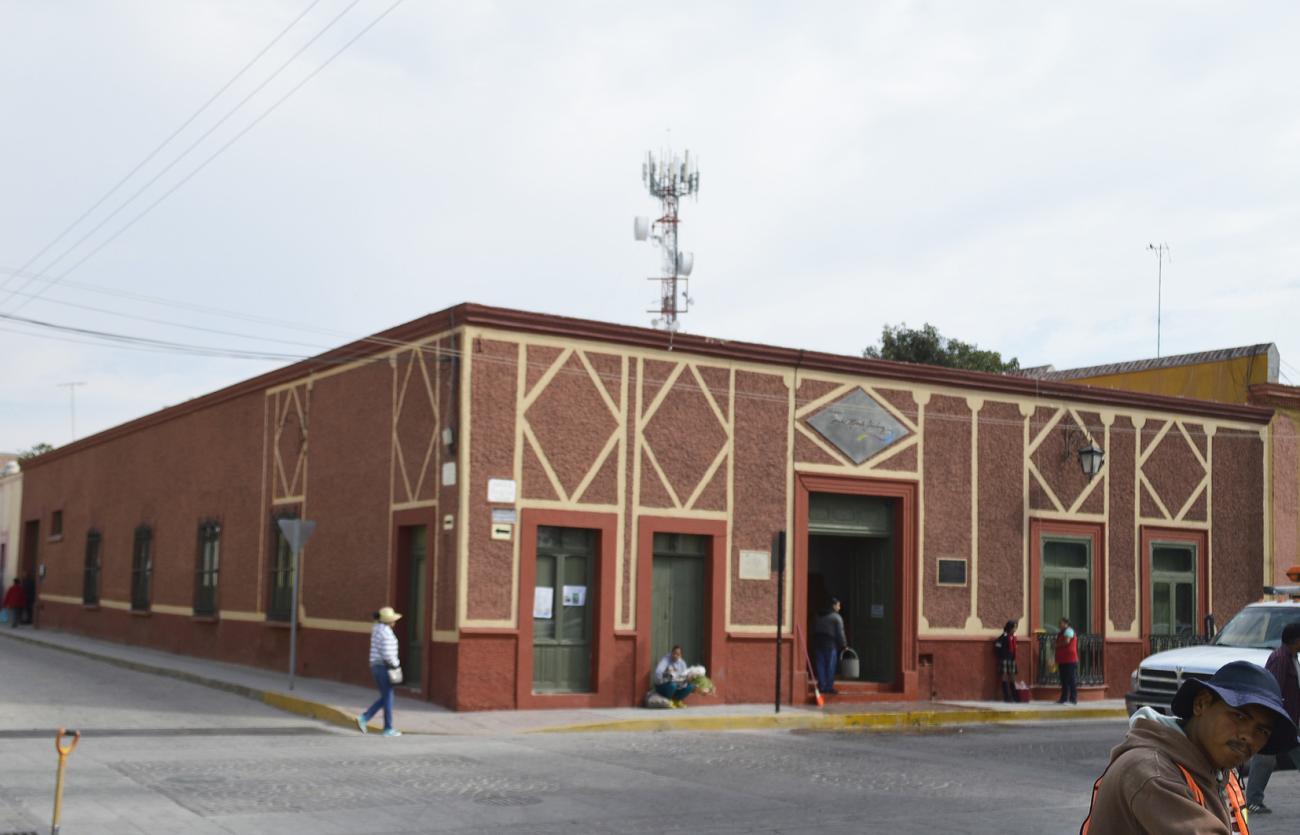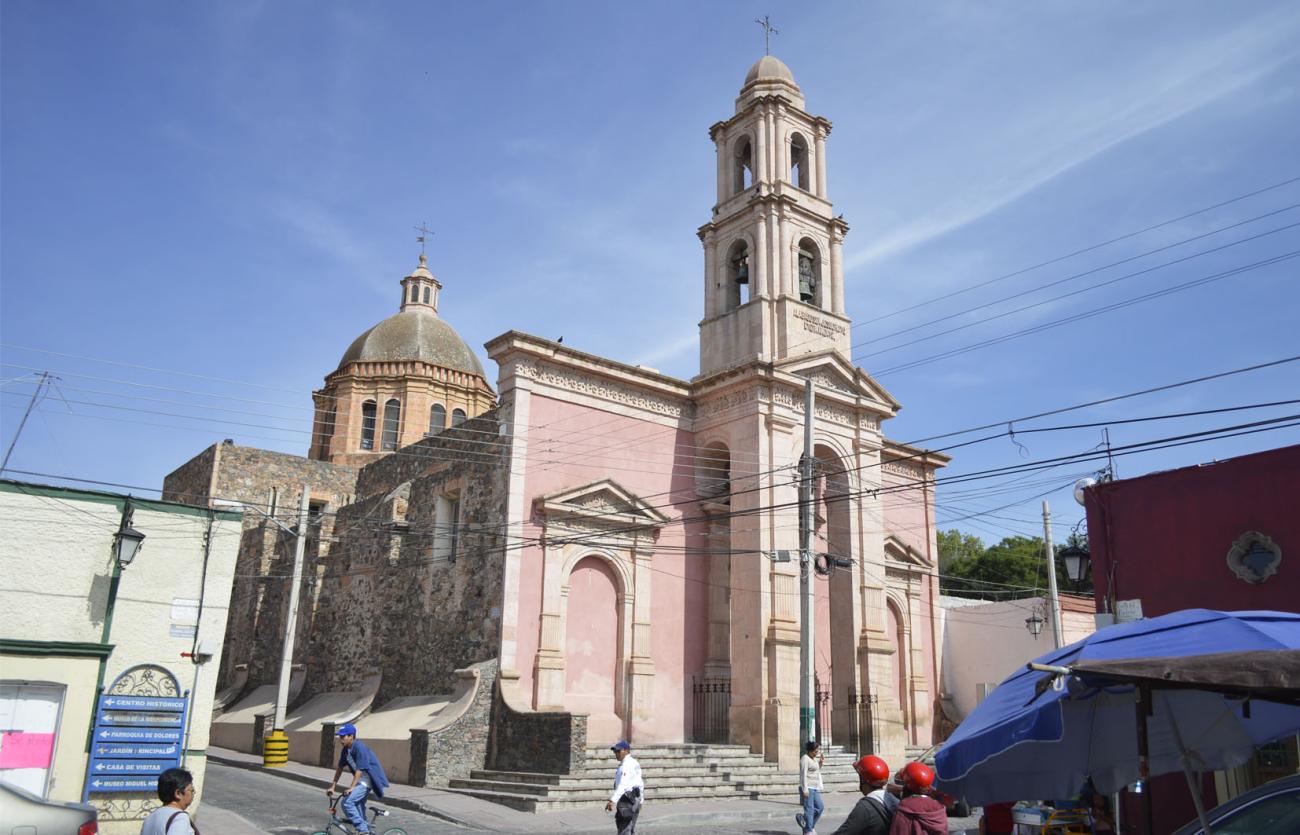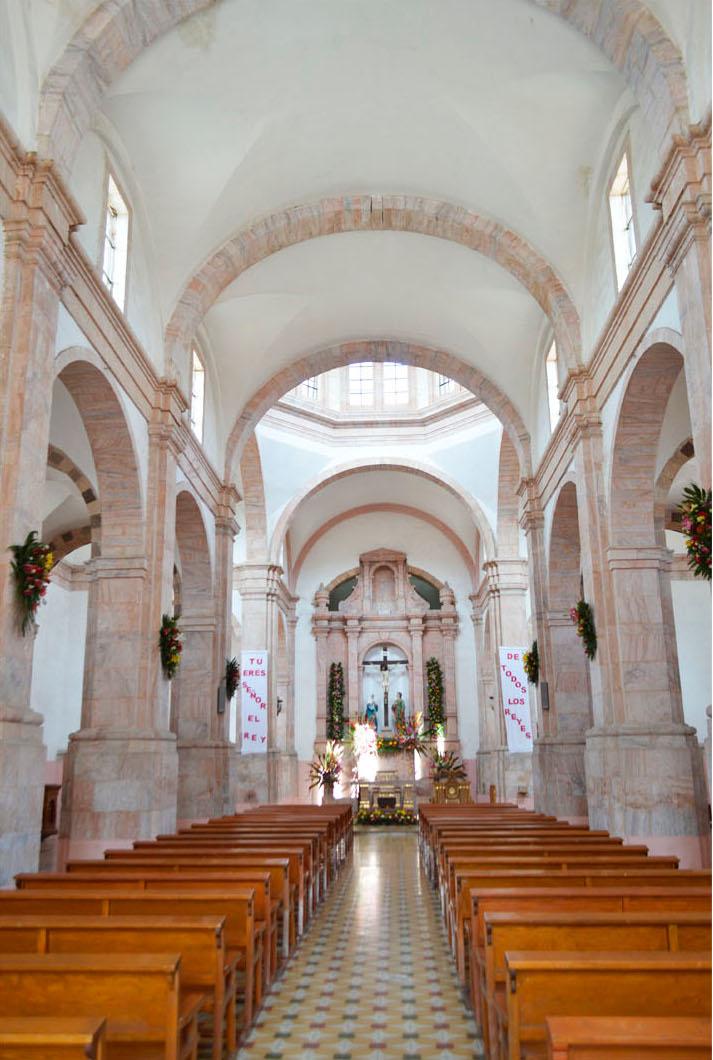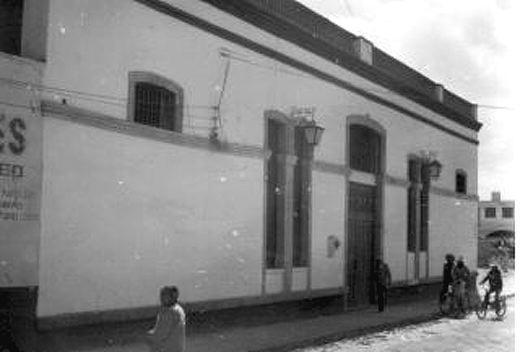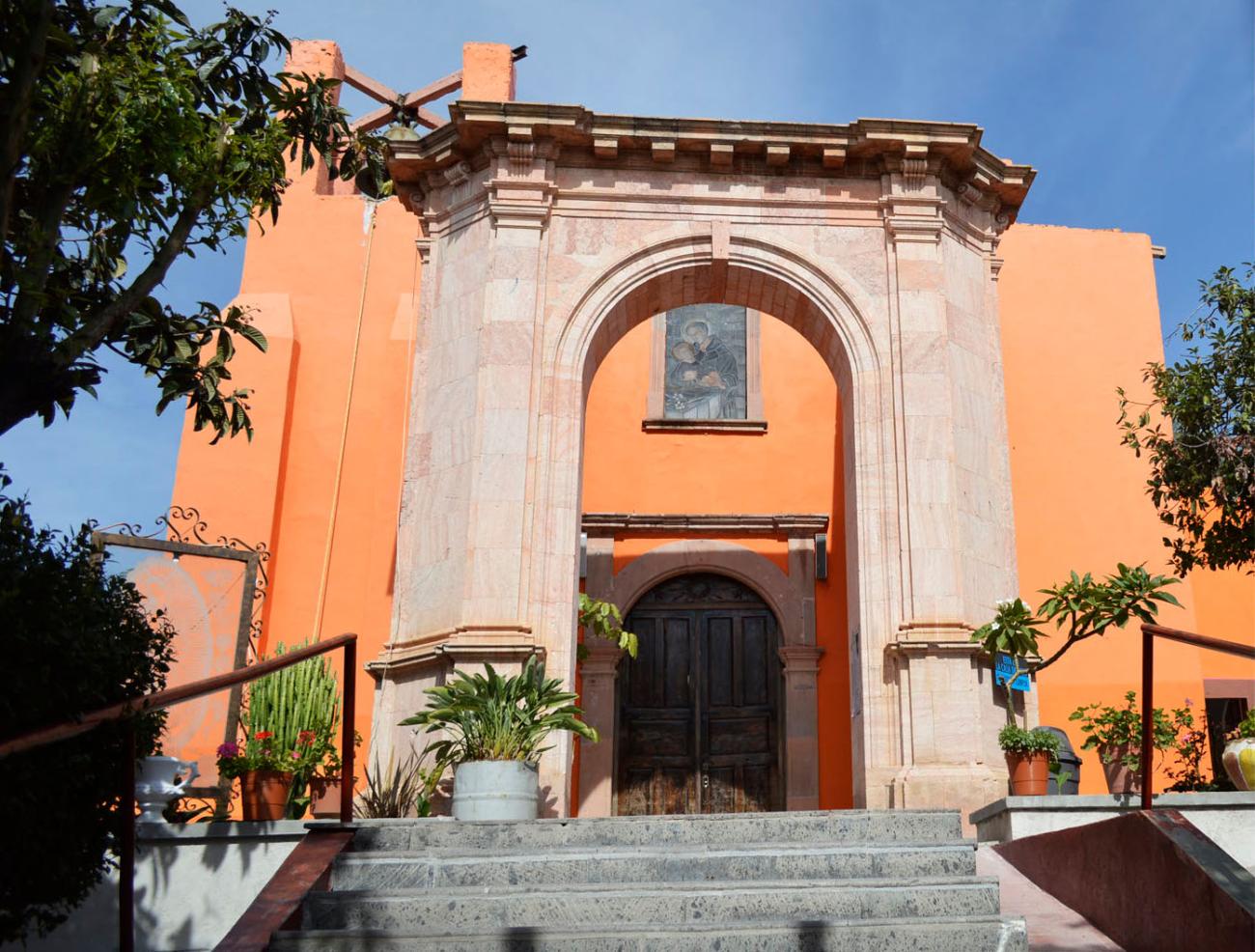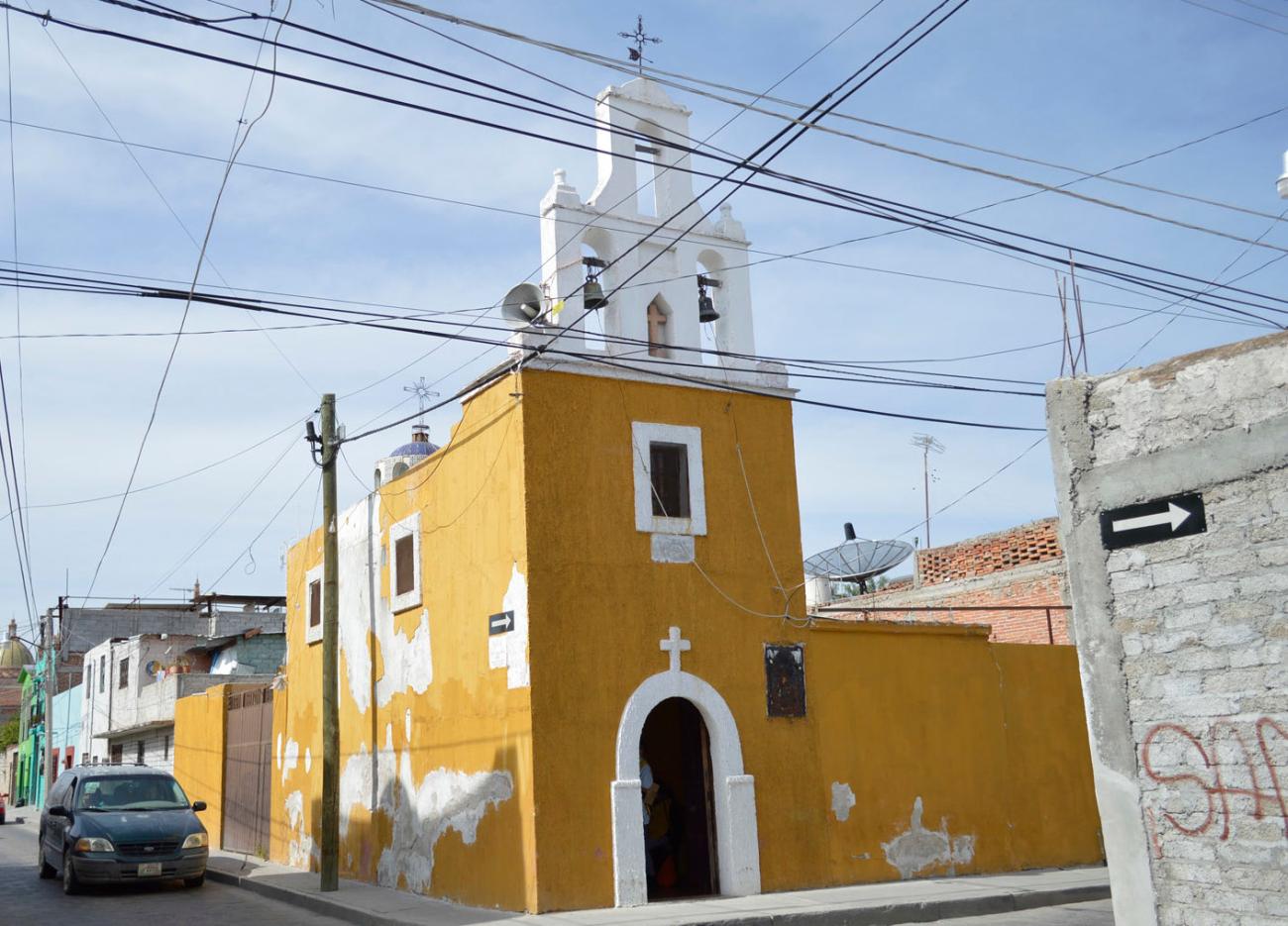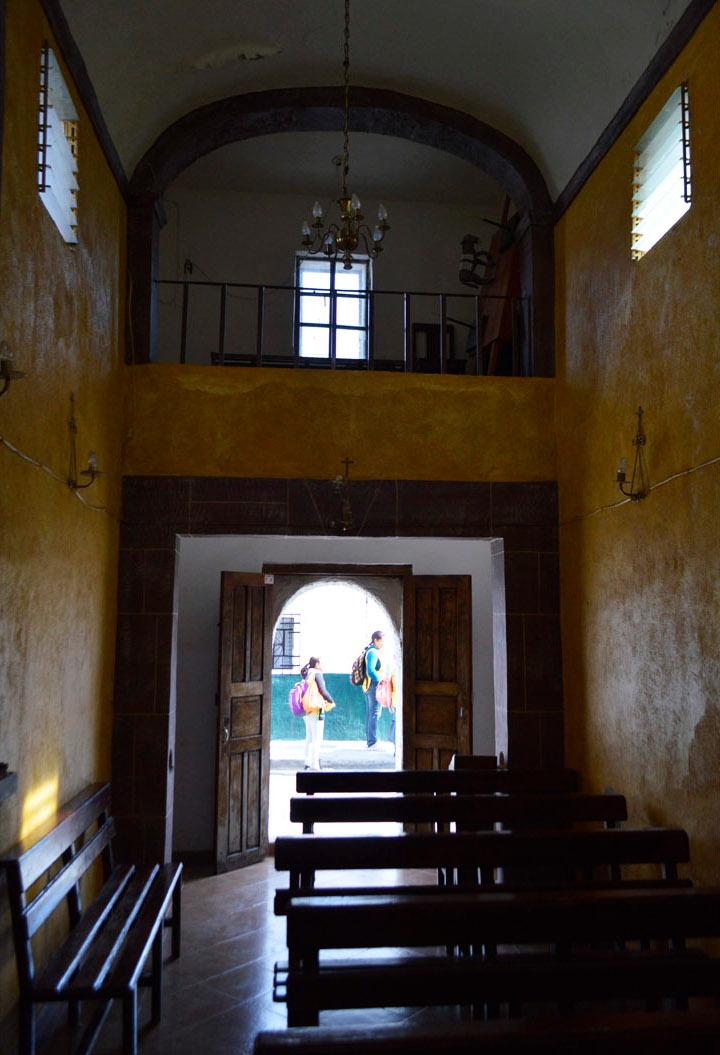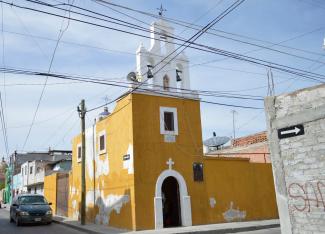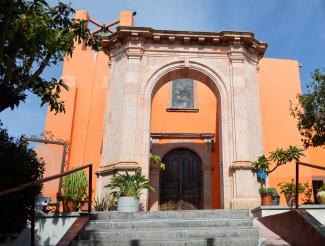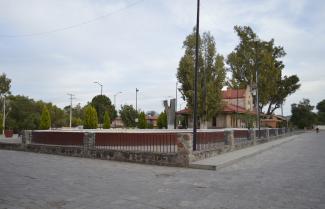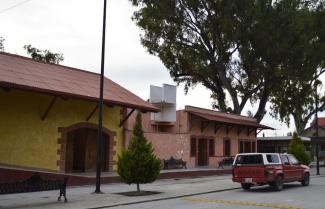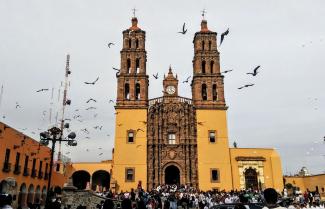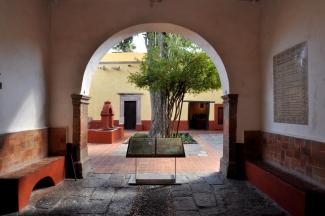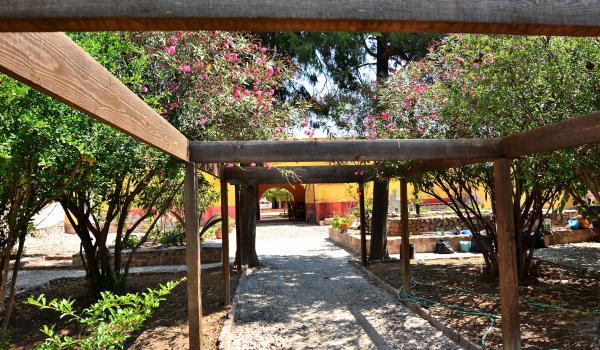Dolores Hidalgo, Cuna de la Independencia Nacional
Historical Monuments Zone
Abstract
First established as a small congregation in the viceregal period, this city is today a symbol of Mexican nationalism, because it was in the Church of Our Lady of Sorrows that the priest Miguel Hidalgo y Costilla proclaimed the Cry of Dolores in 1810. The city is also known as the birthplace of the Mexican composer José Alfredo Jiménez.
In pre-Hispanic times the region corresponding to the present-day municipality of Dolores Hidalgo was called Cocomacán, a word that derives from Nahuatl and means “place where turtle doves are hunted.”
The city is located in the north of the state of Guanajuato, on a plain delimited by flatlands to the north and mountainous areas on the other three sides.
In pre-Hispanic times it comprised a number of scattered indigenous settlements that the Spanish set about grouping together.
Between 1534 and 1540 the Spanish founded the “Hacienda de la Erre,” dedicated to raising small livestock. Within this a village of indigenous people called Nuestra Señora de los Dolores emerged that, little by little, became independent from the hacienda and established a community.
In 1610 it became a village known as San Cristóbal, and in 1643 it was elevated to the category of an independent congregación. From then on it ceased to be legally and administratively dependent on the hacienda, and became subject to the town of San Miguel el Grande, today San Miguel de Allende.
In 1710, the congregation was granted permission to build its parish church, streets and blocks were laid out, and new houses were built. This transformed the original appearance of the town and opened up new sources of work. The priest Álvaro de Osio y Ocampo was responsible for building the church and in 1747 he bought land for cultivation from the hacienda, which was distributed among the local population.
From that time on, the Congregación de Nuestra Señora de los Dolores began to enjoy economic growth based on livestock raising and agriculture. In 1790, it changed its name to Pueblo Nuevo de los Dolores, gained independence from the jurisdiction of the town of San Miguel el Grande, and the new authorities who would take charge of its administration were appointed.
At the beginning of the 19th century the economic development of the town was promoted by the priest Miguel Hidalgo y Costilla, who first arrived here in 1803. During his years as a parish priest, he focused on promoting agriculture and local development through artisan workshops where he taught crafts to the indigenous people. It is also said that this is where the weapons that were later used in the War of Independence were manufactured.
Miguel Hidalgo, along with Ignacio Allende, Juan Aldama, Josefa Ortiz de Domínguez and Miguel Domínguez, among others, formed part of the “conspiracy of Querétaro” that sought to establish a Junta that would govern the viceroyalty while the Spanish throne was usurped by the French. When the plan was discovered, Miguel Hidalgo summoned the people of Dolores to take up arms against the “bad government” in the early morning of September 16, 1810. This episode marked the beginning of the independence movement in Mexico.
Due to its historical importance, in 1824, the Constituent Congress elevated Dolores to the category of villa and, in 1863, President Benito Juárez granted it the title of city. Later, in 1947 it became known as “Dolores Hidalgo, Cradle of National Independence.”
Today the city has become a symbol of Mexican nationalism, since, in addition to being considered the cradle of the nation, it is the birthplace of José Alfredo Jiménez, one of Mexico’s most famous composers.
Dolores Hidalgo was declared a Zone of Artistic and Historical Monuments in 1982. The Zone of Historical Monuments covers an area of 0.316 km2, which comprise 27 blocks, forming a uniform grid. Its urban plan is characterized by buildings with historical value dating from the 16th to the 19th century. These include the churches of Nuestra Señora de los Dolores, Jesús Nazareno, the Tercera Orden, Nuestra Señora de la Saleta, Calvario, Nuestra Señora del Perpetuo Socorro, Santa Cruz and the Hospital de los Salamanca.
The remaining buildings are intended for educational purposes and welfare services, as well as for the use of civil authorities, and present architectural expressions typical of each historical period. These include: the former Municipal Jail, the Hidalgo Market, the house of Don Miguel Hidalgo y Costilla, and the jail where he was imprisoned; as well as the house of Mariano Abasolo, an insurgent from this city.
The Parish Church of Nuestra Señora de los Dolores was built in the Churrigueresque Baroque style and is the building of greatest historical value in the city, as it was the site of the Cry of Dolores. To commemorate this event, every year, from September 4 to 19, activities such as craft exhibitions, fireworks, and cultural and sporting events are held.
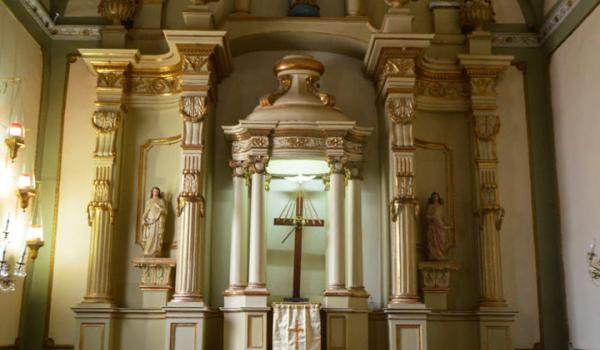
Parroquia de Nuestra Señora de los Dolores
The first priest of the village, Álvaro de Osio y Ocampo, drew up or commissioned the plans for the church; the first stone was laid on February 2, 1712, and by 1778 the work was still ongoing.
Parroquia de Nuestra Señora de los Dolores
The first priest of the village, Álvaro de Osio y Ocampo, drew up or commissioned the plans for the church; the first stone was laid on February 2, 1712, and by 1778 the work was still ongoing. In 1815, the first clock was placed on the façade, which was replaced in 1881 by another that required the destruction of the upper part of the front. It has a wooden floor and its walls retain the original polychromy from the late 19th century.
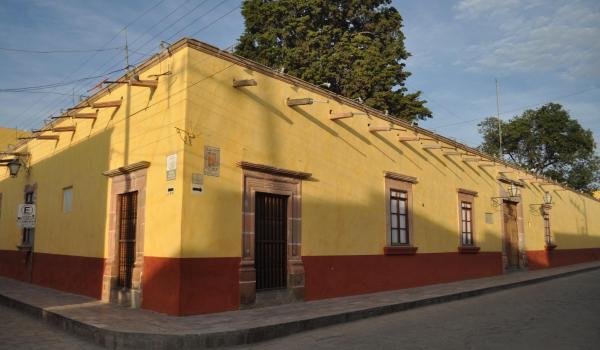
Museo Casa de Hidalgo
This house was built by parish priest José Fajardo in 1779. It has two façades, one on Hidalgo Avenue and the other on Morelos Street. It is a single-story building with simple architecture, adorned with framed windows and a window sill on each side.
Museo Casa de Hidalgo
This house was built by parish priest José Fajardo in 1779. It has two façades, one on Hidalgo Avenue and the other on Morelos Street. It is a single-story building with simple architecture, adorned with framed windows and a window sill on each side. The priest Miguel Hidalgo y Costilla took possession of it on October 3, 1803, and lived there with his siblings Mariano and Vicenta until the early morning of the famous Cry of Independence. Months later, it was looted and converted into barracks by the royalist forces. In 1815, it served as military quarters, in 1820 it became a hospital, and in 1821 it passed into the hands of a brotherhood. In 1859, Buenaventura Carrillo took possession of the property. On July 6, 1863, President Benito Juárez established his government in that house, declaring it the property of the Nation. The Directorate of Colonial Monuments established a Historical Museum there.
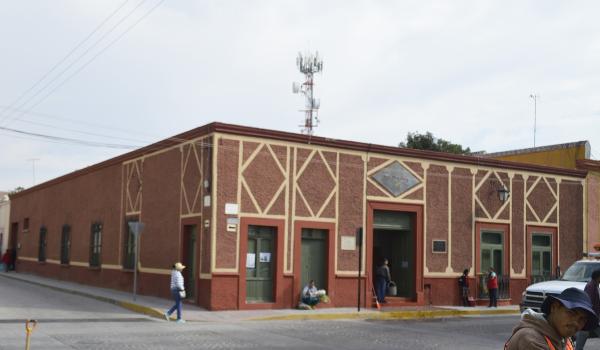
Casa Museo José Alfredo Jiménez
19th-century building where José Alfredo Jiménez was born. It retains its original façade.
Casa Museo José Alfredo Jiménez
19th-century building where José Alfredo Jiménez was born. It retains its original façade.
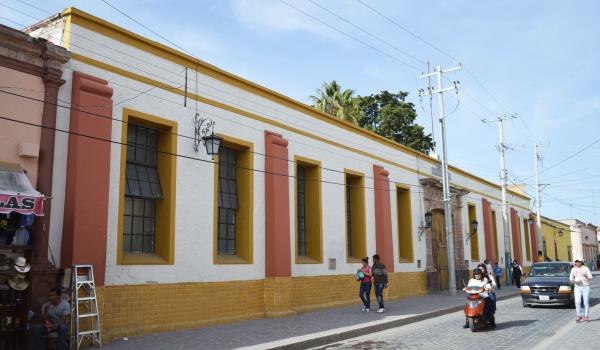
Museo Del Vino
In 1935, it belonged to Trinidad Ramírez; it was later expropriated by the government of General Cárdenas, who designated it as a hospital in 1940.
Museo Del Vino
In 1935, it belonged to Trinidad Ramírez; it was later expropriated by the government of General Cárdenas, who designated it as a hospital in 1940.
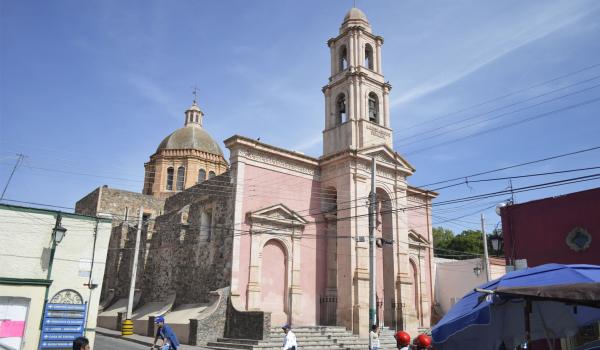
Templo del Señor del Calvario
19th-century religious building.
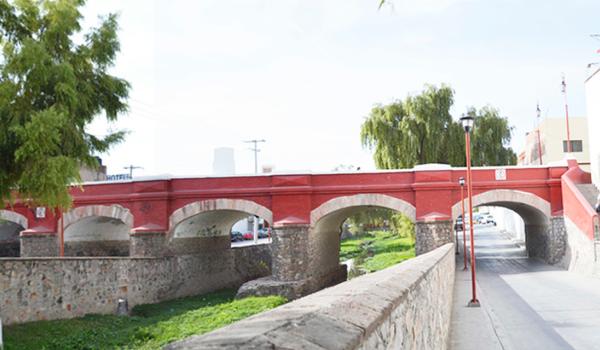
Puente del Río Batán
An 18th-century stone bridge with five spans covered by barrel vaults, supported by walls with watersheds.
Puente del Río Batán
An 18th-century stone bridge with five spans covered by barrel vaults, supported by walls with watersheds.
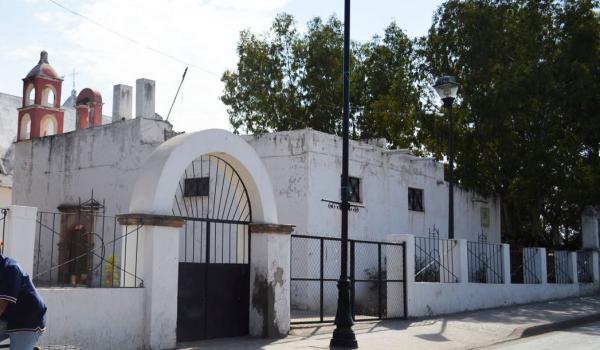
Templo de Jesús Nazareno
19th-century building with a single nave. The façade has a semicircular arch and a small two-section bell tower with semicircular arches.
Templo de Jesús Nazareno
19th-century building with a single nave. The façade has a semicircular arch and a small two-section bell tower with semicircular arches.
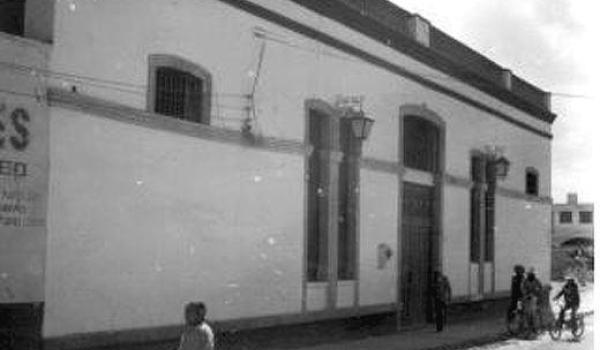
Centro Civico de Benito Juárez
A 19th-century building, it retains the original composition of the façade, as well as the architectural style.
Centro Civico de Benito Juárez
A 19th-century building, it retains the original composition of the façade, as well as the architectural style.
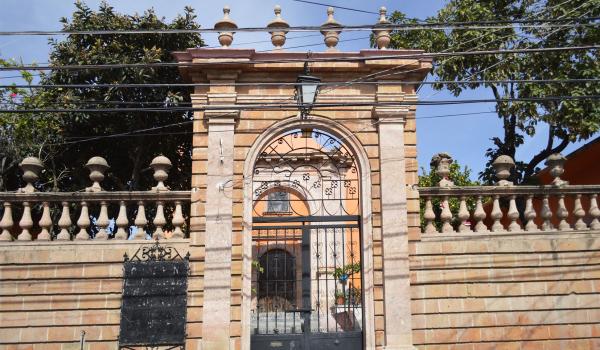
Templo de Ntra. Sra. del Perpetuo Socorro
20th-century building with a Latin cross floor plan, built of stone. Access is via an atrium with a staircase, and the entrance has a semicircular arch.
n>
Templo de Ntra. Sra. del Perpetuo Socorro
20th-century building with a Latin cross floor plan, built of stone. Access is via an atrium with a staircase, and the entrance has a semicircular arch.

Templo de la Santa Cruz
A 20th-century religious building consisting of a single nave, accessed through a semicircular arch topped with a mortar cross.
n>
Templo de la Santa Cruz
A 20th-century religious building consisting of a single nave, accessed through a semicircular arch topped with a mortar cross.
Templo del Señor del Llanito
18th-century building, decorated by the community from August 12, 1937, to November 9 of the same year.
Templo del Señor del Llanito
18th-century building, decorated by the community from August 12, 1937, to November 9 of the same year.
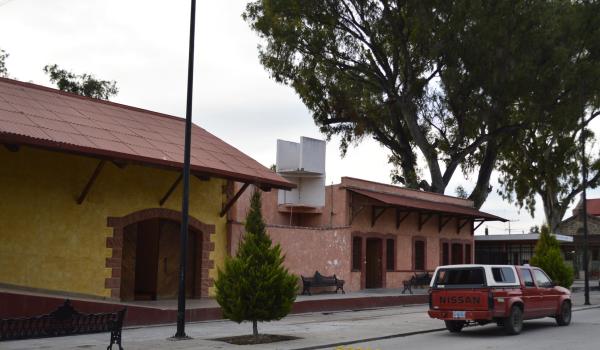
Ex Estación del Ferrocarril Dolores Hidalgo
A 20th-century building that belonged to the Mexican National Railroad Company, the land was part of the Hacienda del Rincón estate.
Ex Estación del Ferrocarril Dolores Hidalgo
A 20th-century building that belonged to the Mexican National Railroad Company, the land was part of the Hacienda del Rincón estate.

